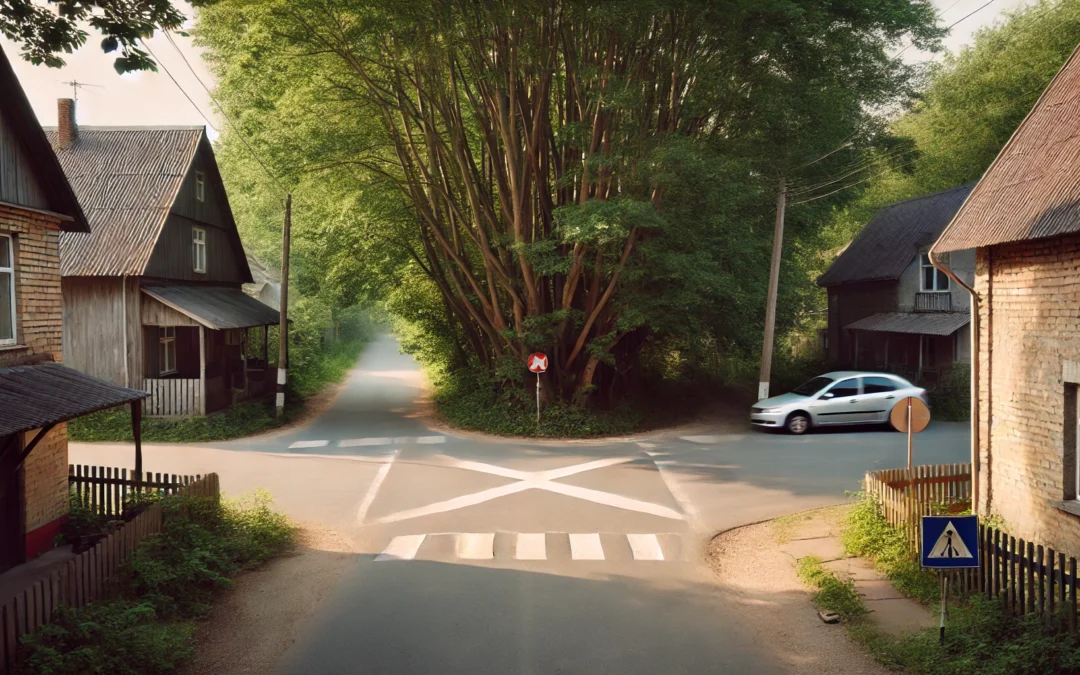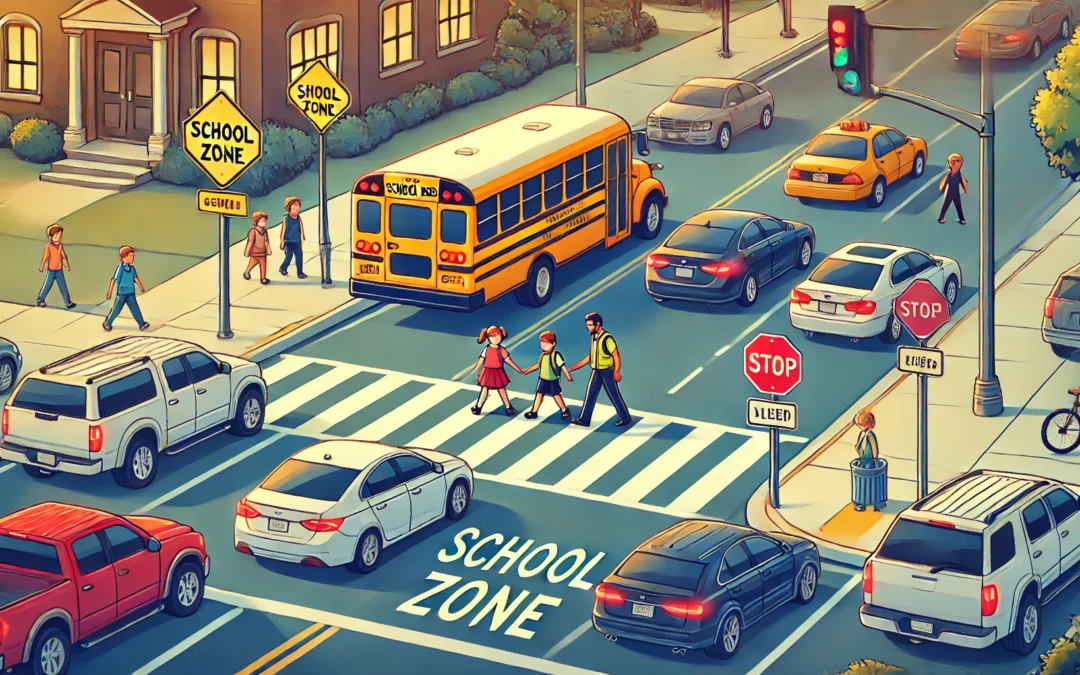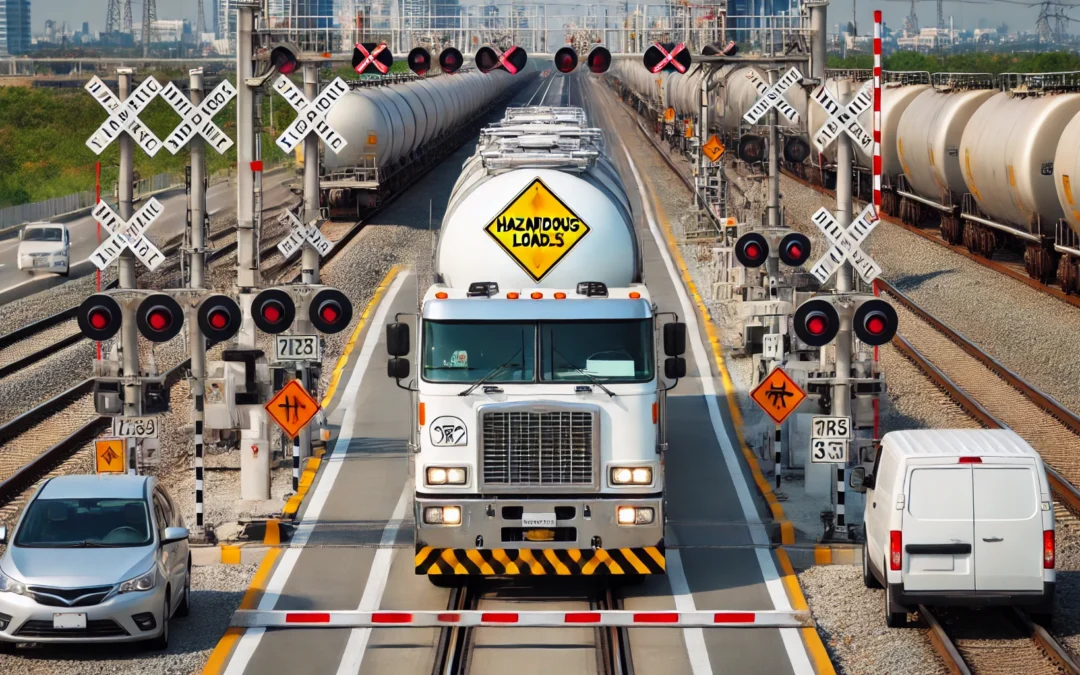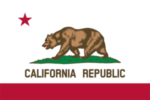
Navigating Blind Intersections: Essential Tips for Safe Driving
Navigating Blind Intersections: Essential Tips for Safe Driving
Blind intersections present a unique challenge for drivers due to limited visibility. Whether obstructed by buildings, trees, or parked vehicles, these intersections require extra caution to prevent accidents. By adopting a proactive driving approach, you can ensure a safer experience when navigating these tricky roadways.
What is a Blind Intersection?
A blind intersection is any intersection where a driver’s view is obstructed for 100 feet in either direction. These intersections typically lack stop signs, yield signs, or traffic lights, increasing the risk of accidents if drivers are not cautious.
At a blind intersection, the speed limit is reduced to 15 mph. This slower speed ensures that you have more time to react if another vehicle, cyclist, or pedestrian suddenly appears from around a corner.
Safe Driving Practices at Blind Intersections
To safely navigate a blind intersection, follow these key guidelines:
-
Approach Slowly: Reduce your speed to 15 mph or lower, allowing yourself more time to react to unexpected hazards.
-
Move Forward Gradually: If your view is blocked by an obstruction, move slowly forward until you can see traffic on the cross street. Stop again if needed, especially if the obstruction persists as you inch forward.
-
Look in All Directions: Blind intersections require careful observation. Look left, right, and ahead to check for oncoming vehicles, pedestrians, and cyclists.
-
Listen for Traffic: Sometimes, you may hear approaching vehicles or bicycles before you see them. Lower your windows to listen for oncoming traffic.
Handling Pedestrians and Cyclists
Blind intersections are not just dangerous for cars but also for pedestrians and cyclists. Pedestrians, especially children, might suddenly appear, so it’s important to slow down and be prepared to stop completely. Cyclists often enter these intersections at faster speeds, so ensure that you’re prepared to yield to them.
Common Hazards in Blind Intersections
- Parked Vehicles: Cars parked too close to the corner can block your view.
- Shrubs or Trees: Overgrown foliage can also limit visibility, especially in residential areas.
- Buildings: In urban areas, buildings often obstruct your view of oncoming traffic.
Conclusion
Blind intersections require drivers to remain cautious and vigilant. By reducing your speed, inching forward for better visibility, and being prepared to stop, you can navigate these intersections safely and avoid accidents. Remember, taking extra care at blind intersections helps keep both drivers and pedestrians safe.








Recent Comments